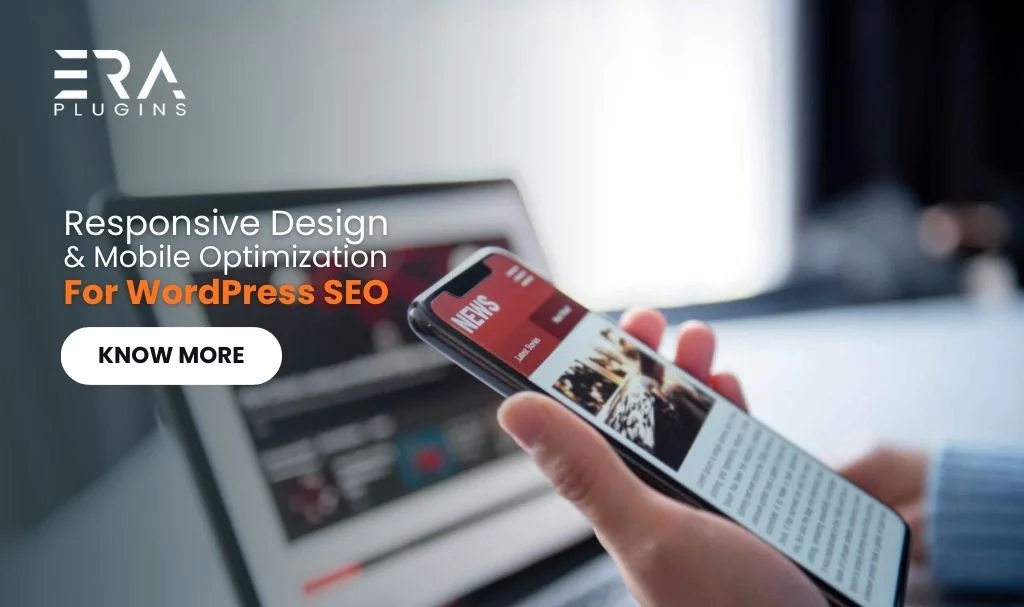Responsive Design and Mobile Optimization for WordPress SEO ,In the era of mobile dominance, having a responsive design and optimizing your WordPress website for mobile devices is not just a recommendation; it’s a necessity. Mobile-friendliness is a crucial factor that affects both user experience and SEO. Here’s how to ensure your WordPress site is responsive and optimized for mobile:
Responsive Themes:
Choose a responsive WordPress theme that automatically adjusts to different screen sizes. This ensures your content looks and functions well on various devices, from smartphones to tablets and desktops.
Mobile-First Design:
Design your website with a mobile-first approach. Create layouts, menus, and content structures that work seamlessly on smaller screens, and then adapt them for larger devices.
Google’s Mobile-Friendly Test:
Use Google’s Mobile-Friendly Test tool to check if your website meets mobile usability standards. This tool identifies issues that could affect your site’s performance on mobile devices.
Optimize Images:
Images should be appropriately sized for mobile devices to prevent slow loading times. Utilize responsive images that adjust based on the user’s screen size.
Font and Text Size:
Ensure fonts are legible on smaller screens without users having to zoom in. Use font sizes and line spacing that are comfortable to read on mobile devices.
Easy Navigation:
Implement a user-friendly navigation menu that’s accessible and easy to use on mobile devices. Consider using a mobile-friendly hamburger menu or other intuitive navigation methods.
Avoid Pop-ups:
Intrusive pop-ups that cover a significant portion of the screen can negatively impact user experience on mobile devices. Use pop-ups sparingly and consider using less obtrusive formats.
Fast Loading Times:
Mobile users expect fast-loading pages. Optimize your website’s speed by minimizing server requests, using browser caching, and optimizing code.
Mobile-Optimized Content:
Tailor your content for mobile users by using shorter paragraphs, bullet points, and concise headings. Keep in mind that mobile users often have limited attention spans.
Mobile SEO Considerations:
Pay attention to mobile-specific SEO elements, such as mobile-friendly structured data and ensuring that mobile URLs are crawlable and indexable.
Test on Various Devices:
Test your website on a range of devices and browsers to ensure consistent performance and appearance across the board.
AMP Integration:
Consider implementing Accelerated Mobile Pages (AMP) to further enhance mobile loading speed and user experience.
In today’s digital landscape, Responsive Design and Mobile Optimization for WordPress SEO isn’t just a trend—it’s a necessity. Google considers mobile-friendliness a critical ranking factor, and a responsive, mobile-optimized website can lead to better SEO results and increased user engagement.





